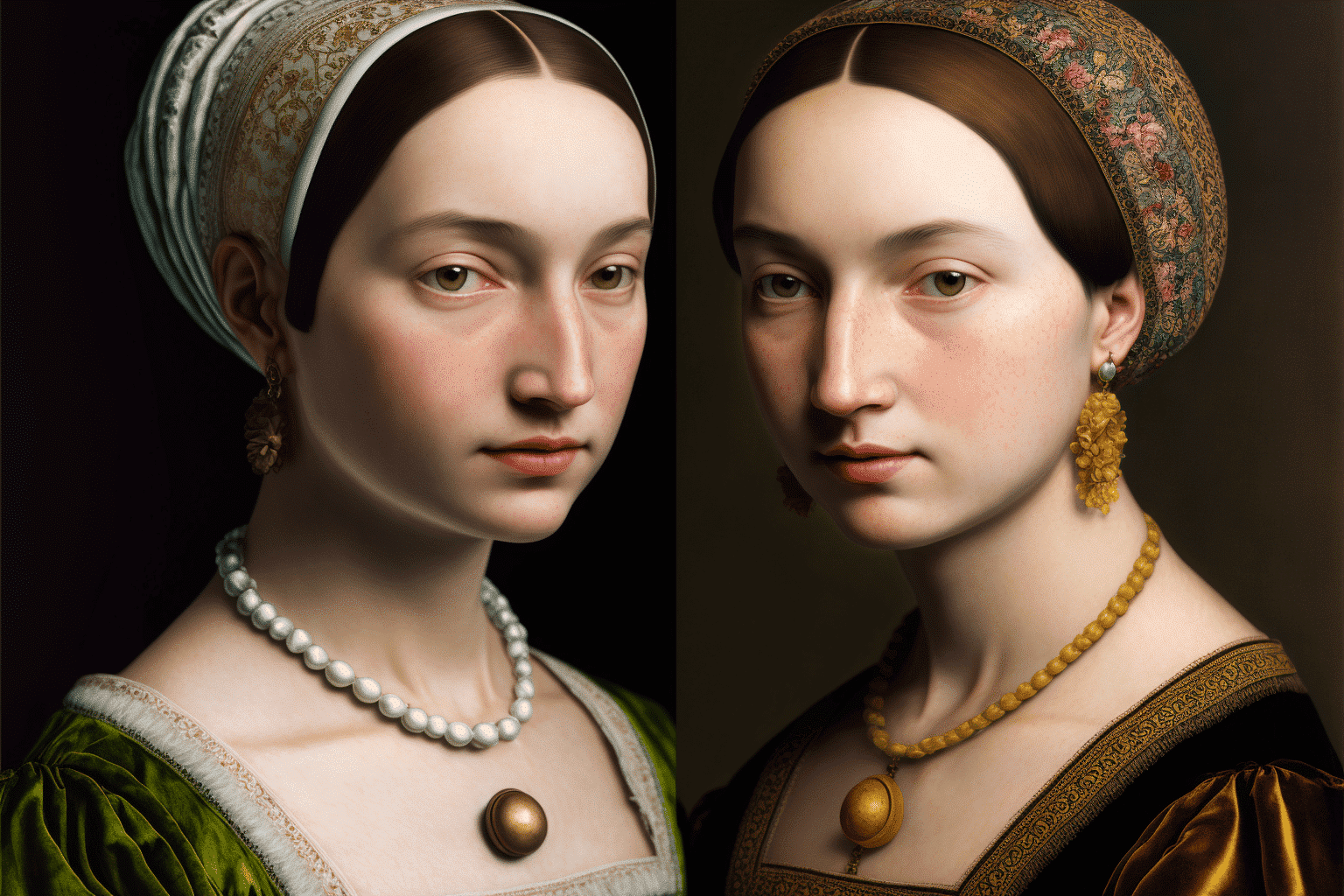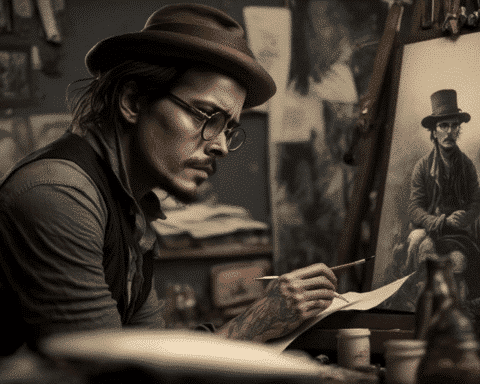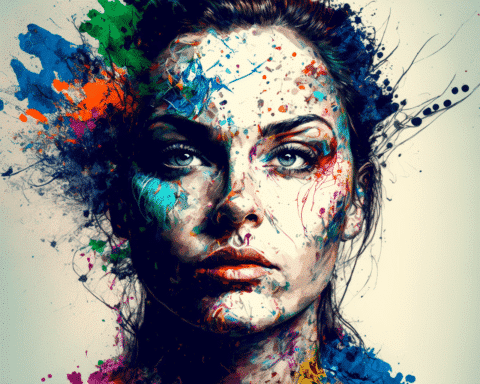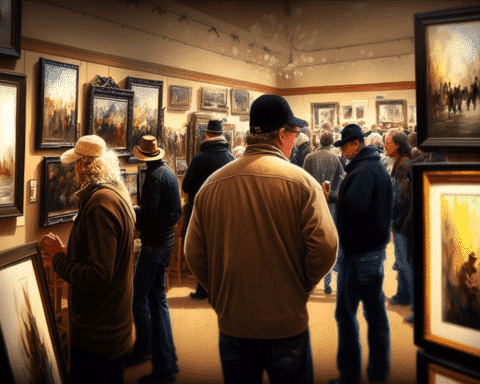A painting previously attributed to an unknown artist has been identified as a Raphael masterpiece using facial recognition technology. A team from the University of Nottingham and University of Bradford used the technology to examine the painting, known as the de Brécy Tondo, and found that the faces in the painting were identical to those in a Raphael altarpiece. This means that the paintings were highly likely to have been created by the same artist.
Comparison of Paintings
The team compared the de Brécy Tondo, which sits in a collection set up by Cheshire businessman George Lester Winward, with the Sistine Madonna altarpiece. The similarity between the Madonnas in the two paintings was found to be 97%, while the comparison of the child in both works produced an 86% similarity. A similarity above 75% is considered identical.
Artificial Intelligence Facial Recognition System
The de Brécy Tondo painting was previously thought by some experts to have been a Victorian copy. However, the team’s findings suggest that Raphael’s painting is a genuine masterpiece.
The artificial intelligence facial recognition system used in the study was developed by Hassan Ugail, Professor of visual computing at the University of Bradford. The system was able to analyze the painting at a pixel level, allowing for a more detailed and accurate comparison with the Sistine Madonna altarpiece.
Pigments Analysis and Exciting Findings
The research also found that the pigments used in the Tondo were typical of Renaissance practice, further supporting the conclusion that Raphael’s painting is a genuine masterpiece.
Dr. Christopher Brooke, the honorary research fellow at the University of Nottingham, is an expert in digital image analysis and co-authored a research paper about the find. Dr. Christopher stated that the direct facial comparison yielded a match of 97%, which is a very high statistical probability that the artworks were created by the same person. He expressed excitement about this piece of work and its potential for future examination of artworks.
De Brécy Trust Collection
The de Brécy Tondo painting was part of a collection set up by Cheshire businessman George Lester Winward, who bought it in 1981 as part of a collection of art spanning from the 16th to the 19th Century. In 1995, two years before he died, Winward set up the de Brécy Trust Collection, named after his French ancestors, to preserve his collection of paintings and drawings and make them available for study by art scholars.
Timothy Benoy, honorary secretary of the de Brécy Trust, is pleased that the new scientific evidence confirms the Raphael attribution of the Tondo. He emphasized that this illustrates the growing importance of scientific evidence in the attribution of a painting.
An academic paper on the analysis is due to be published shortly, providing further details and evidence to support the team’s findings.
The use of facial recognition technology in the art world is relatively new, but this study shows that it has the potential to be a valuable tool for identifying and authenticating artworks. The accurate identification of the de Brécy Tondo as a genuine Raphael masterpiece not only adds to our understanding of the artist’s work but also has the potential to significantly increase the value of the painting.
It’s important to note that this technology is not replacing the human eye, but rather providing a new tool for art experts to use. This research highlights the potential for this technology to be used in the future to examine other works of art and discover new masterpieces by famous artists.
This new technology is a step forward in the art world as it allows for a more detailed and accurate analysis of paintings. With the increasing use of technology in the art world, we can expect to see more discoveries like this in the future.
The de Brécy Tondo painting is a valuable addition to the art world, and this discovery is sure to spark more interest in Raphael’s works. It is an exciting find that will be studied and admired for years to come.
Overall, this research shows that the technology has significant potential to be used in the art world and it’s an exciting development that will help experts in their work of identifying and authenticating artworks. The use of facial recognition technology in the art world is relatively new, but this study shows that it has the potential to be a valuable tool for identifying and authenticating artworks.




